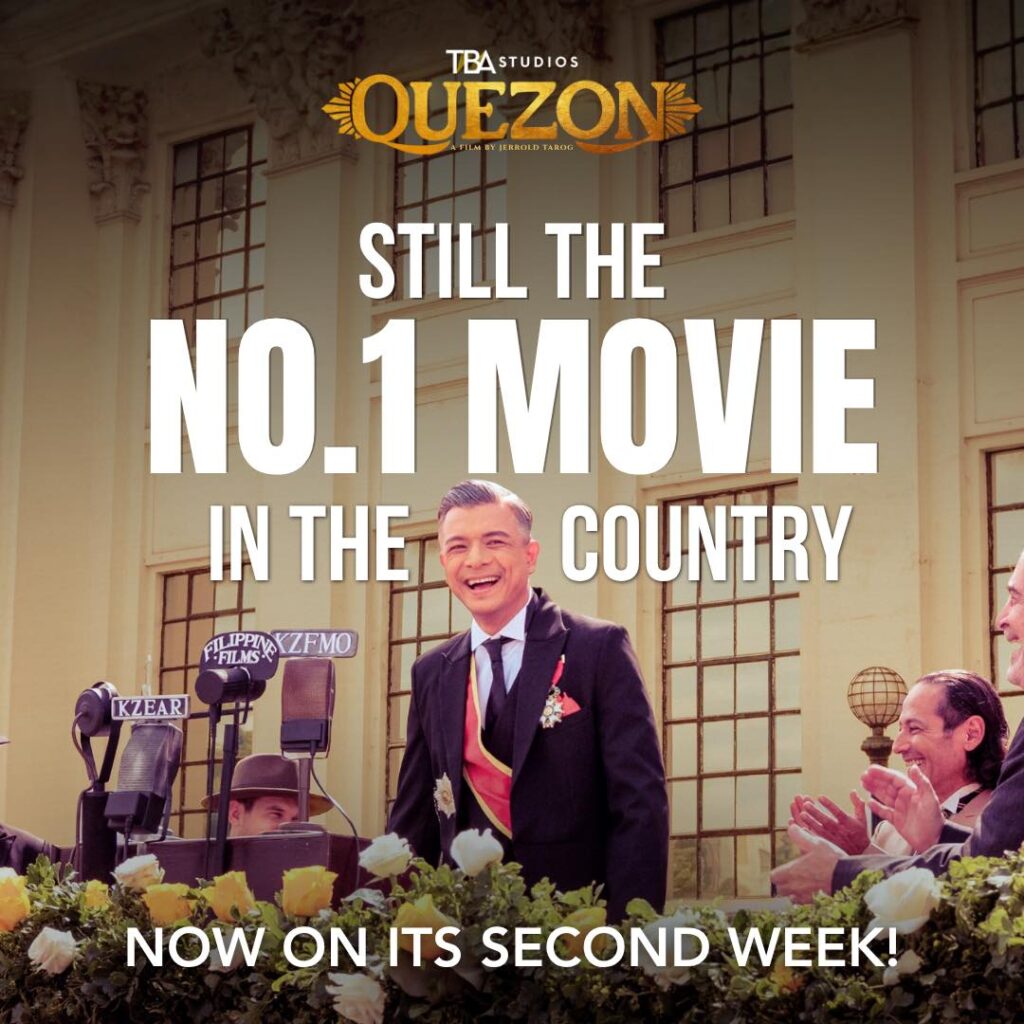Celebrities are always easy targets for bodyshaming as they are expected to look ethereally beautiful, flawless and perfect.
So when one grows heavier on the weighing scale, when one grows bigger than a measuring tape and when one gets stretch marks by virtue of giving birth, bashers are expected to welcome them with the nastiest of comments, unaware that they, too, are mukhang balyena or papunta na sa elepante.
In Pinoy culture, bashing has become the norm. Long before body shaming became a normal occurrence, our kids who grew up with certain imperfections were called names – Pilay Pilapil for those suffering from polio, ngongo for those who are born with cleft palate, multong bakla for those limpwristed who are not blessed with good looks, butiking Pasay for those who had reed-thin figure, pandak or unano for those vertically-challened individuals and mukhang aparador for those who have a body akin to a butanding.
With bashing evolved a new lifestyle mostly for women who are expected to be very good-looking at whatever cost.
Now, women no longer want to flaunt their kayumangging kaligatan skin. With over the counter glutathione capsules, skin-whitening soaps and skin-peeling lotions, it has become a sin, it seems, ha, not to have an alabaster skin.
Having a creamy complexion and bondpaper white skin have become the standard by which beauty is measured. They no longer appreciate brown-skinned Pinays as they tend to describe them as Negra or mukhang uling or puwet ng kawali.
The judgement went beyond the epidermis as women are expected to have a whistle-bait figure or else they face the risk of body shaming. This is why liposuction has become a byword, why gyms have more women than men.
Aesthetics have also evolved. From the normal 32 centimeter boobs size, men find women more attractive if they have size 36 or more mammaries. Ideally, one has to have Vivian Velez’s 36-24-36 body measurements for her to be called Miss Body Beautiful.
Actually, what average Martians don’t realize is that body shaming is not solely a problem of celebrities.
Has anyone of you ever realize that body shaming is what low life Pinoys suffer from the government?
Cigarettes of whatever brand now carry a photo of seriously-ill Pinoys that is distractingly annoying. It was to remind smokers of the possibility of getting various diseases out of smoking a cigarette.
The government pretends to look for the welfare of every Pinoy, thus the goverment-approved warning on every kaha ng sigarilyo.
But if they’re seriously thinking of Pinoy health, one logical solution is to ban cigarettes in the country.
But they couldn’t as the cigarette industry has become a milking cow for taxes.
Funny, ‘no, that even the government is guilty of body shaming in the guise of promoting healthy wellbeing.
In this country of yours (I’m not from this planet, joke), body shaming is a reminder that you all have to live by the standard by which society dictates.
Anything in excess is abnormal and so is anything in shortage.
Intiende?




